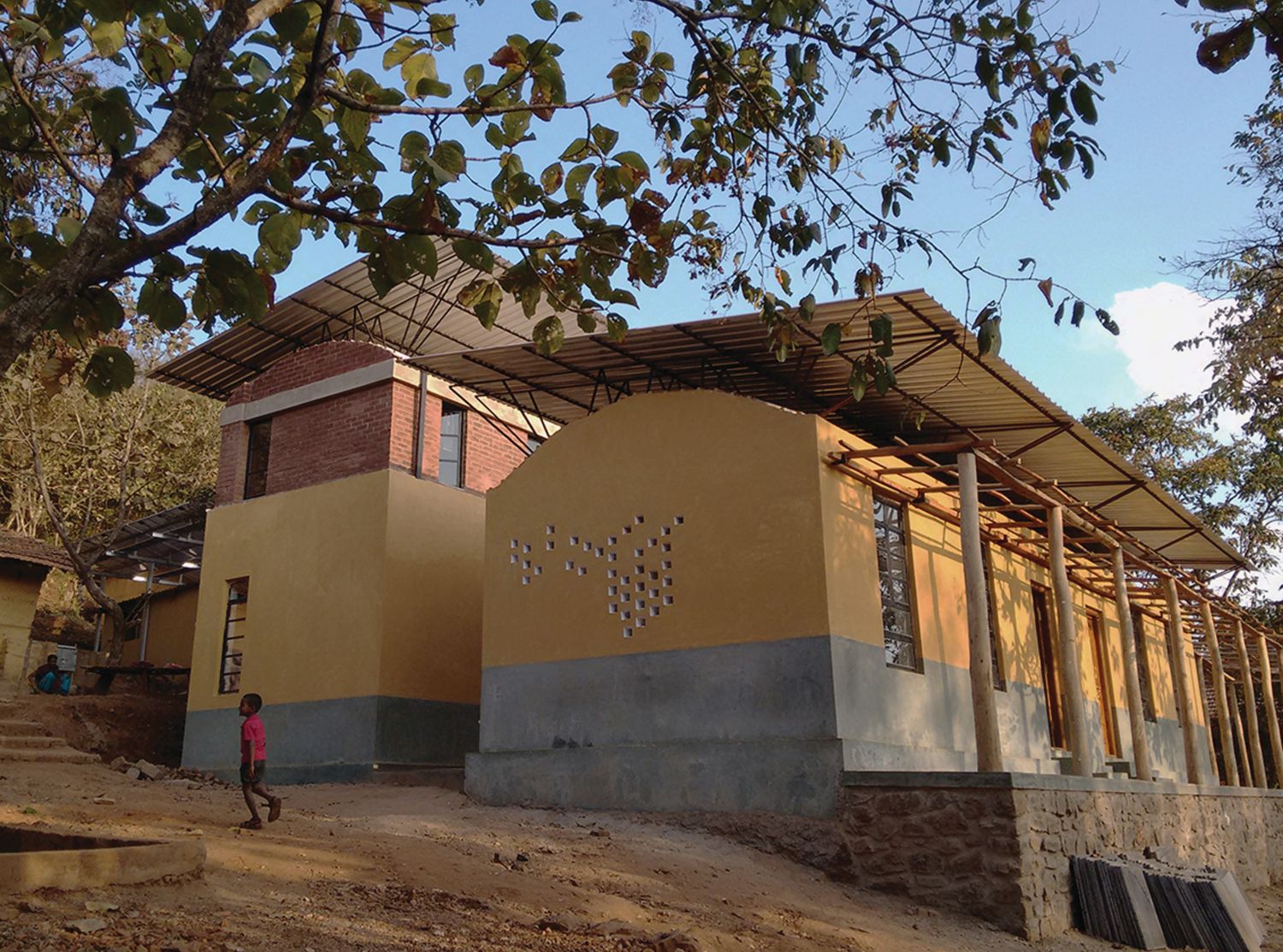
Kalkeri Sangeet Vidyalaya is located in a quiet valley near the city of Dharwad in Karnataka, South India. Established on three acres of land a short distance from Kalkeri Village, the school consists of simple buildings made from traditional materials. In this peaceful setting, the children enjoy the tranquillity necessary for their academic studies, music practice and performing arts activities. KSV provides education in academic subjects, Hindustani Classical Music, Bharatanatayam Dance and Drama. In addition, food, accommodation and healthcare are all provided free of cost.
The project for a library, art studio and labs for this village music school is the first ‘formal’ built structure in the campus.
The project was built over a period of 90 days in collaboration with a team of Canadian university students (who also raised the funds required for the project), local masons, carpenters and fabricators. The design intent was to create a layered and adaptable set of spaces for the children, within the constraints of a tight budget, logistics and available resources. It was also to introduce a language, a template that sets out fundamental, sustainable and gentle guidelines to start building on this large wild land.
Program is distributed amongst a cluster of three blocks, arranged around an open court and corridor. This distributes the ‘weight’ of the building both visually and literally. The composition of the blocks and their orientation was an exercise in creating a hierarchy of the masses using simple volumes. Views and perceptions of the spaces are different from each of the blocks. The in-between spaces become versatile ‘life-spaces’ adaptable to different events, gatherings and outdoor classes. In addition, a long verandah/corridor along the length of the south façade of the complex provides shaded open space, covered by a bamboo slat roof.
A specially designed light double roof with a modular steel structural system helped in facilitating efficient fabrication as well as transferability of technology for future construction. Using readily available steel sections, the highly performative roof structure could be assembled by local fabricators based on clear and detailed drawings. The double roof, one vaulted and the other inclined has eyelet shaped slits that help create a passive ventilation cycle, while the structure holding up the roof emerges out of these cuts to support the inclined top. Brick jali patterns travel along the walls, keeping the rooms continuously aerated and adding interesting shadows and textures to the spaces.
Materials used are locally sourced brick and Cuddappah stone. A layer of ‘Mud paint’ gives the buildings their ochre colour, similar to all the other huts around. A blue-green cement oxide dado complements the ochre while protecting the bases of the blocks.
Overall, it was an exercise in creating a learning environment that is resilient, energy efficient and richly layered while building in scalability and replicability through the robustness and clarity of the design intervention.
Drawings
Project Facts
Project name: Kalkeri Learning Centre
Category: Educational Space
Project location: Kalkeri, Dharwad, India
Site Area : 3 Acres
Gross Built Area : 210 sqmt
Completion Year: 2016
Lead Architects: Bhavana Kumar, Nicola La Noce
Client : Kalkeri Sangeet Vidyalaya
Fundraising and Volunteers : PRÉCI team from l’École de technologie supérieure (ÉTS) Montreal

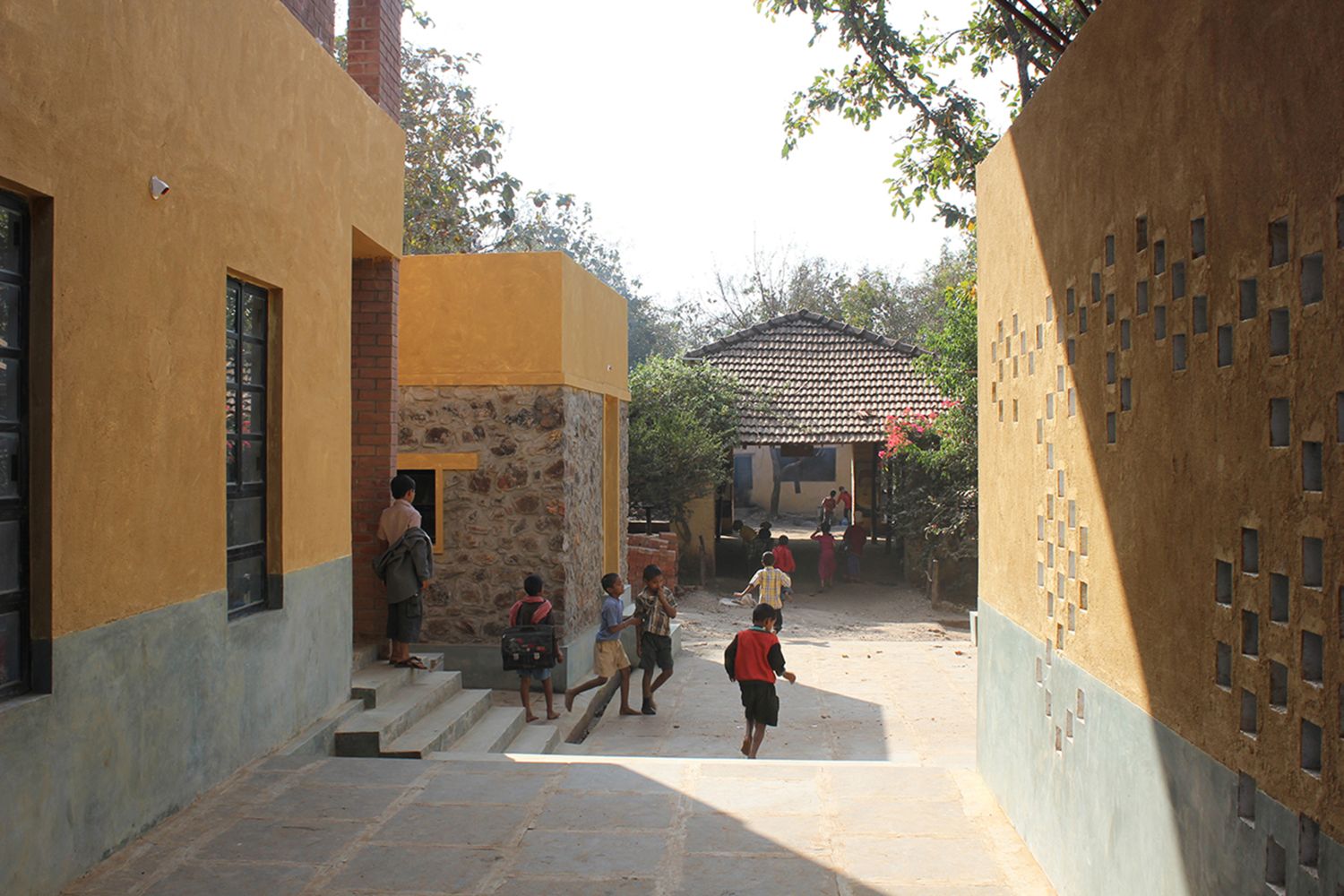

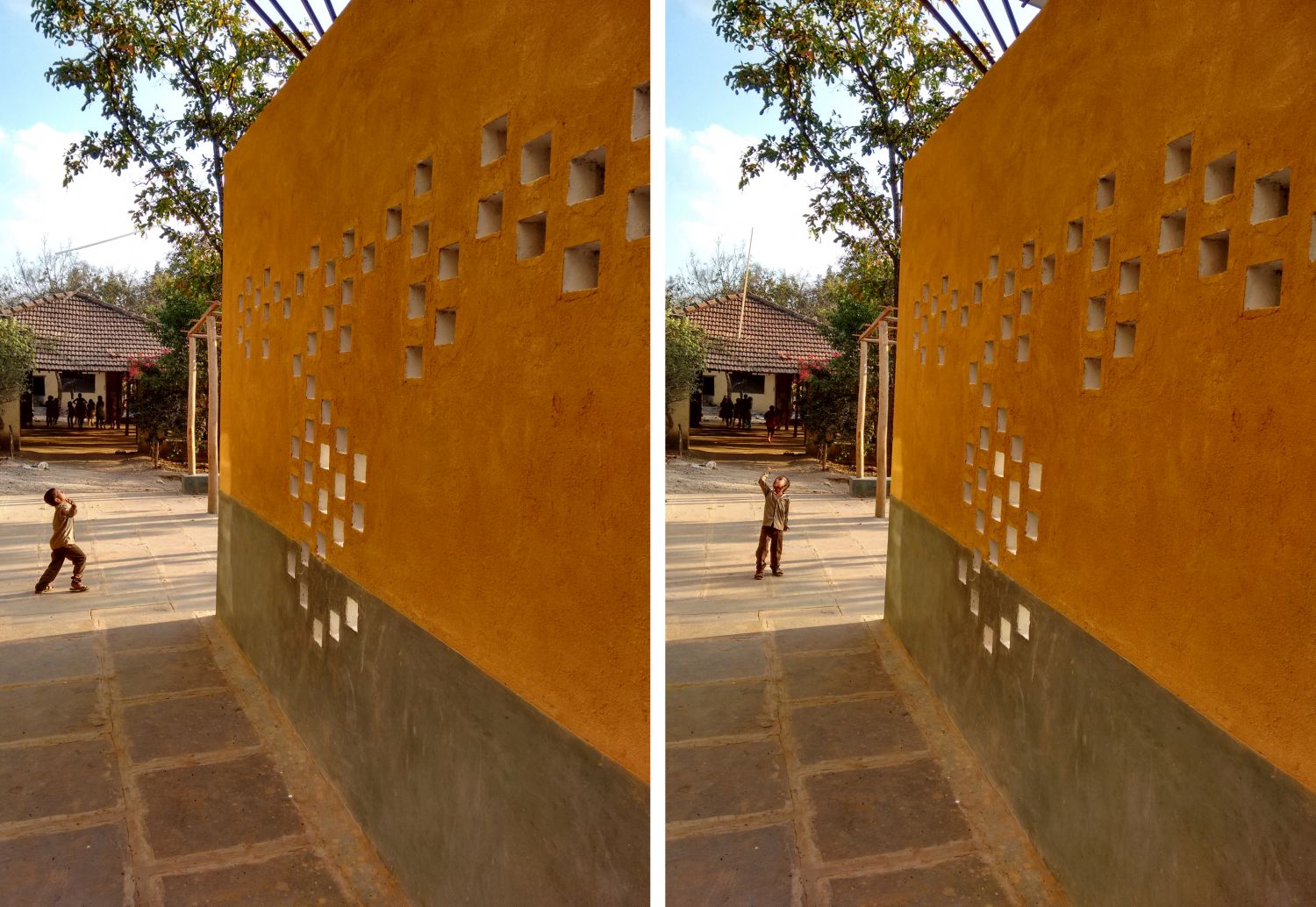
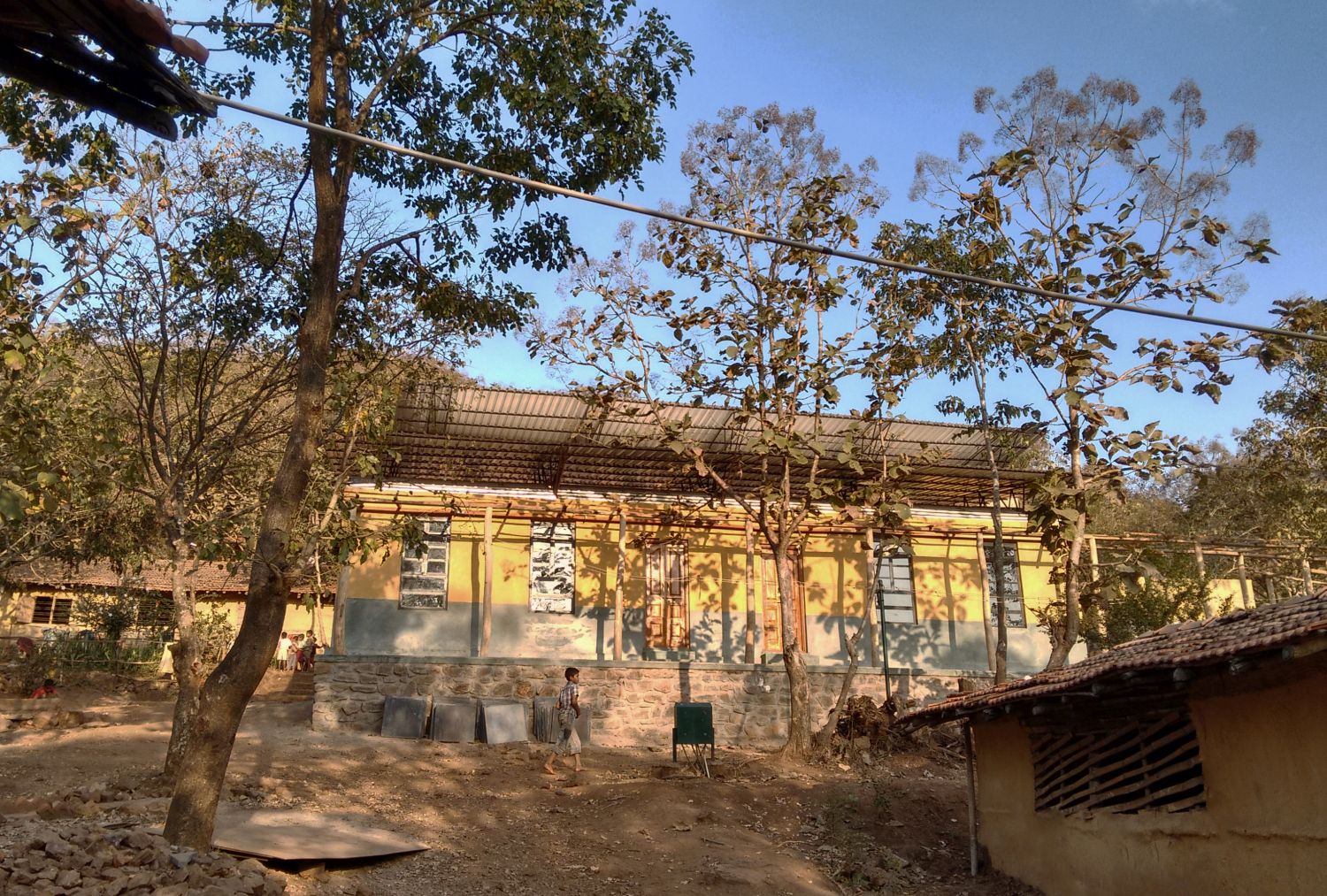
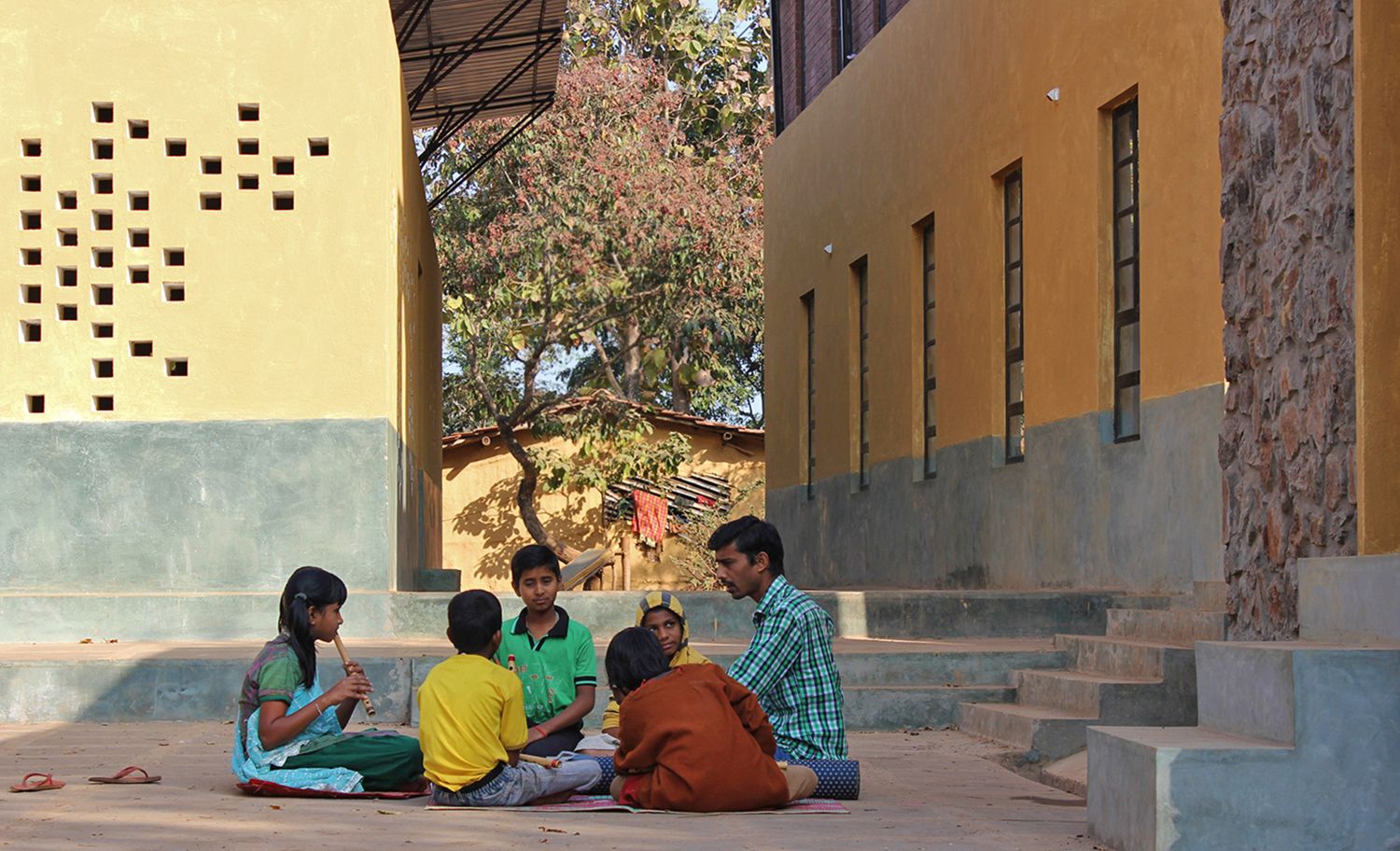
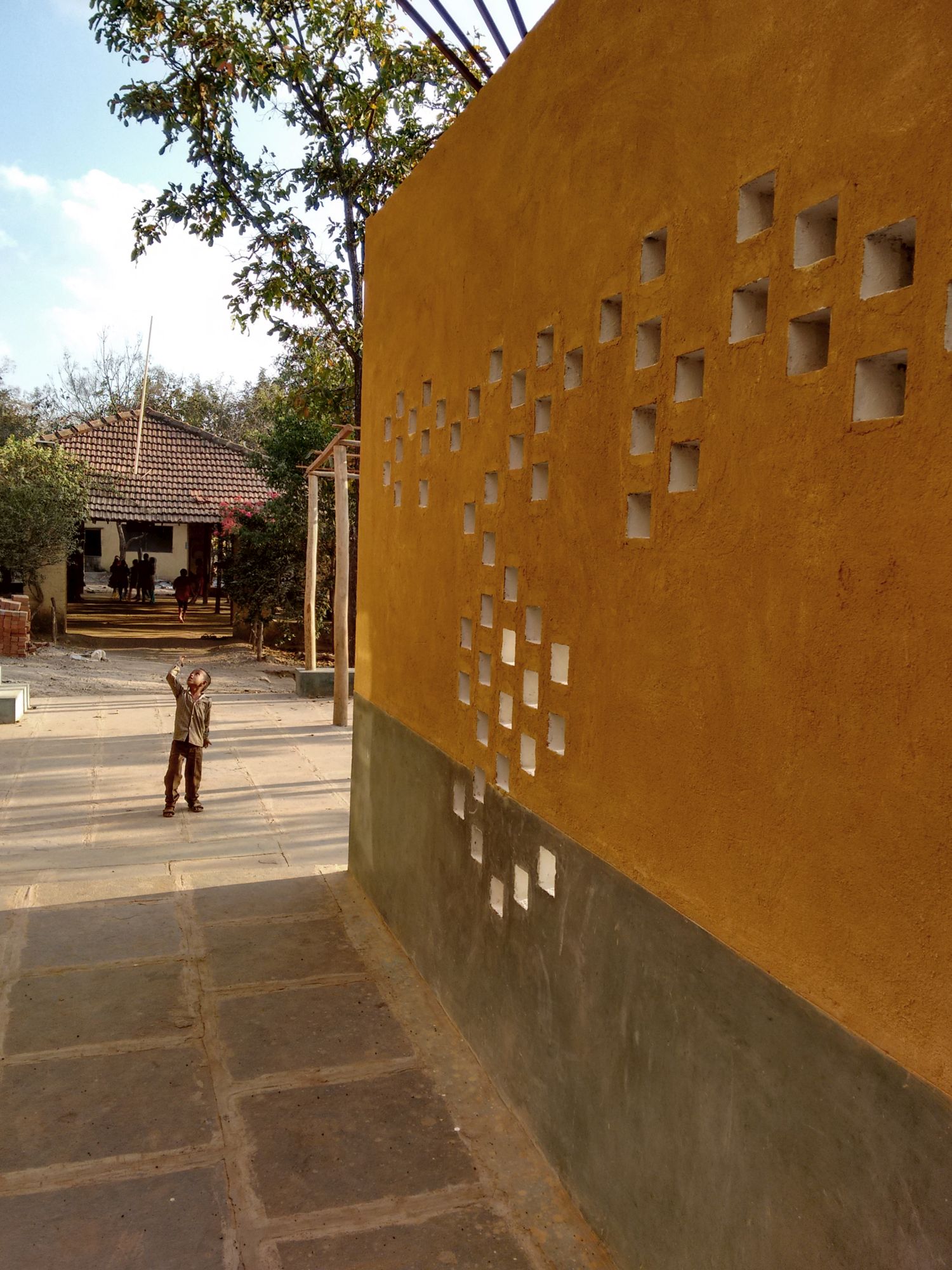

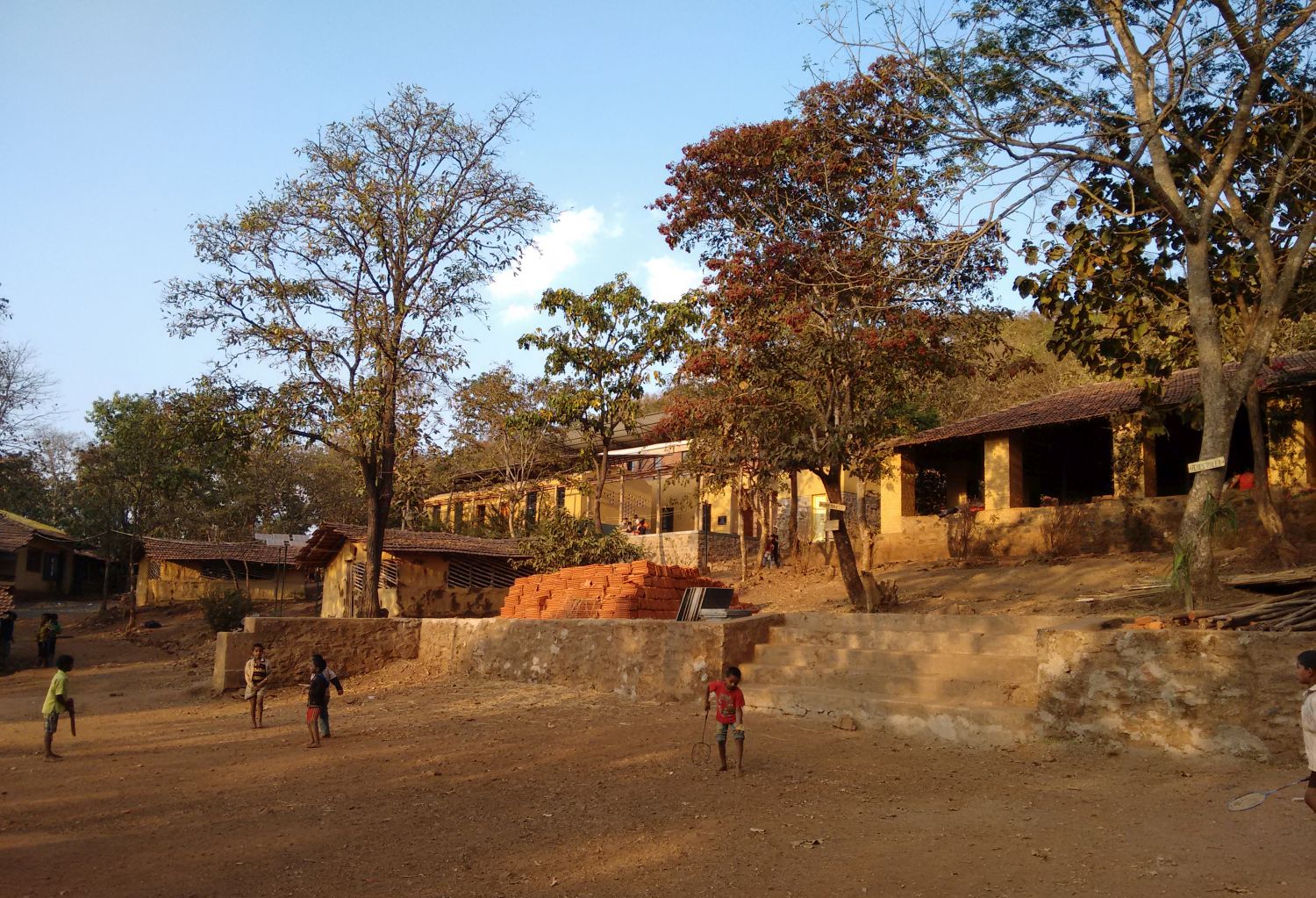
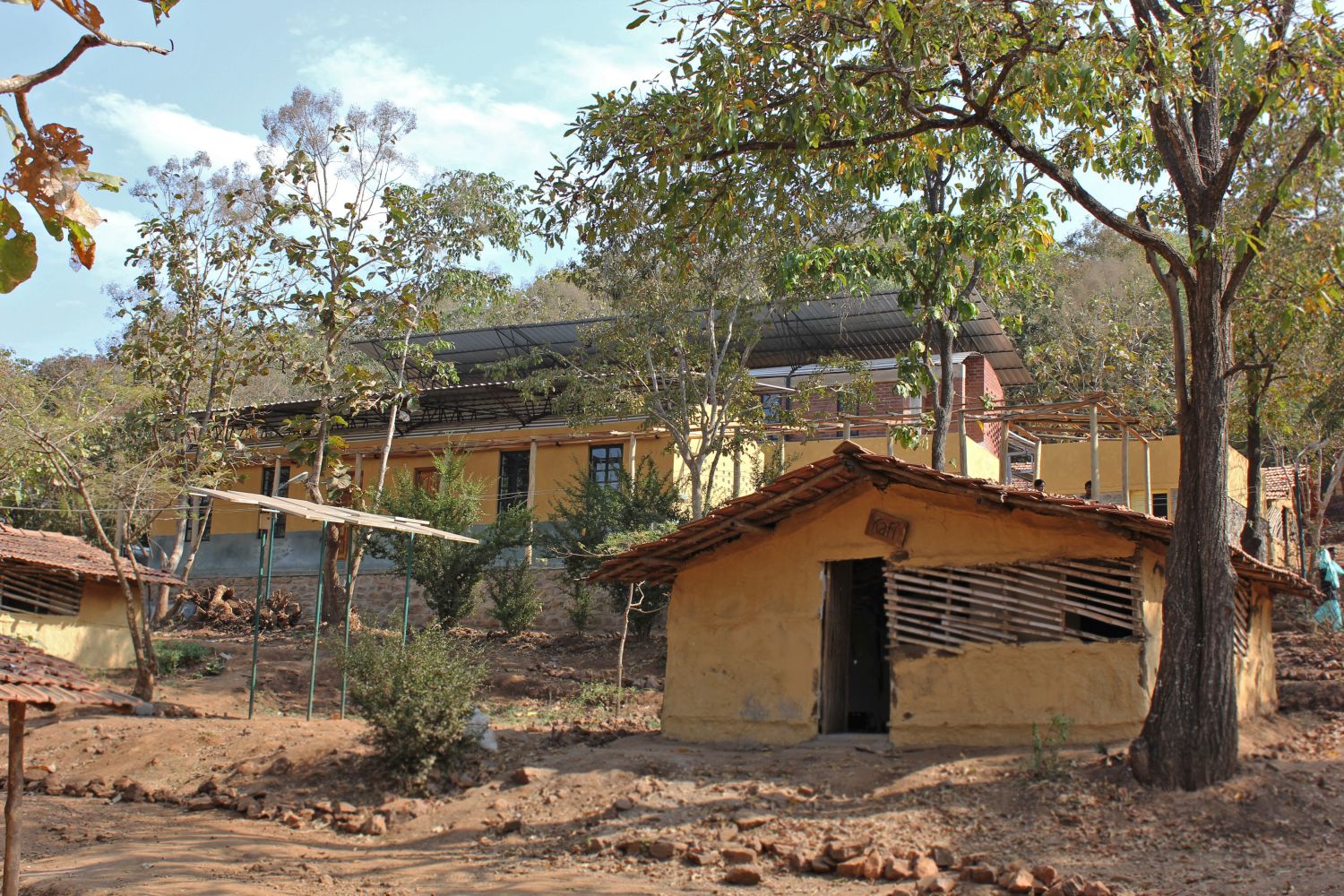
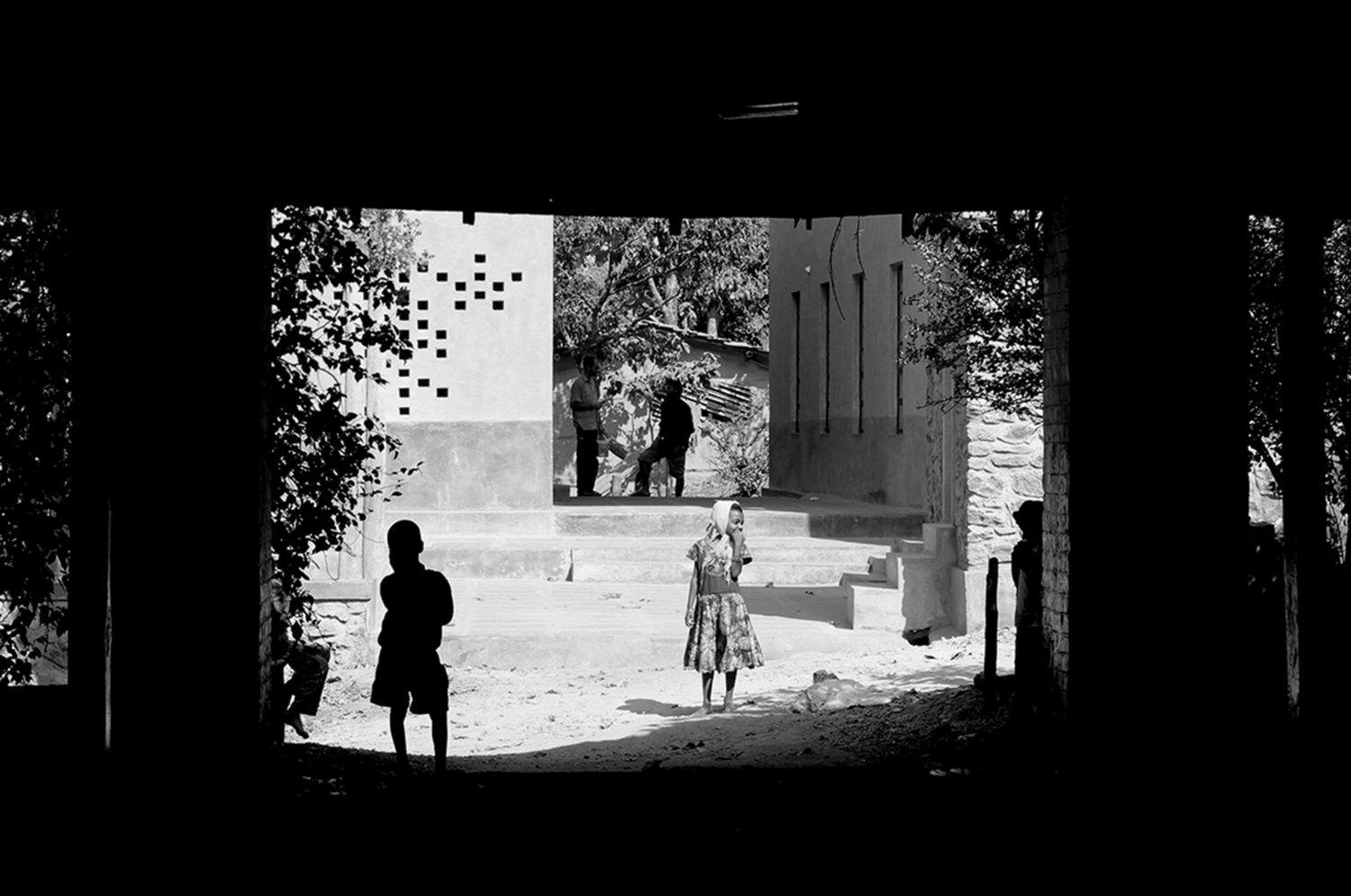
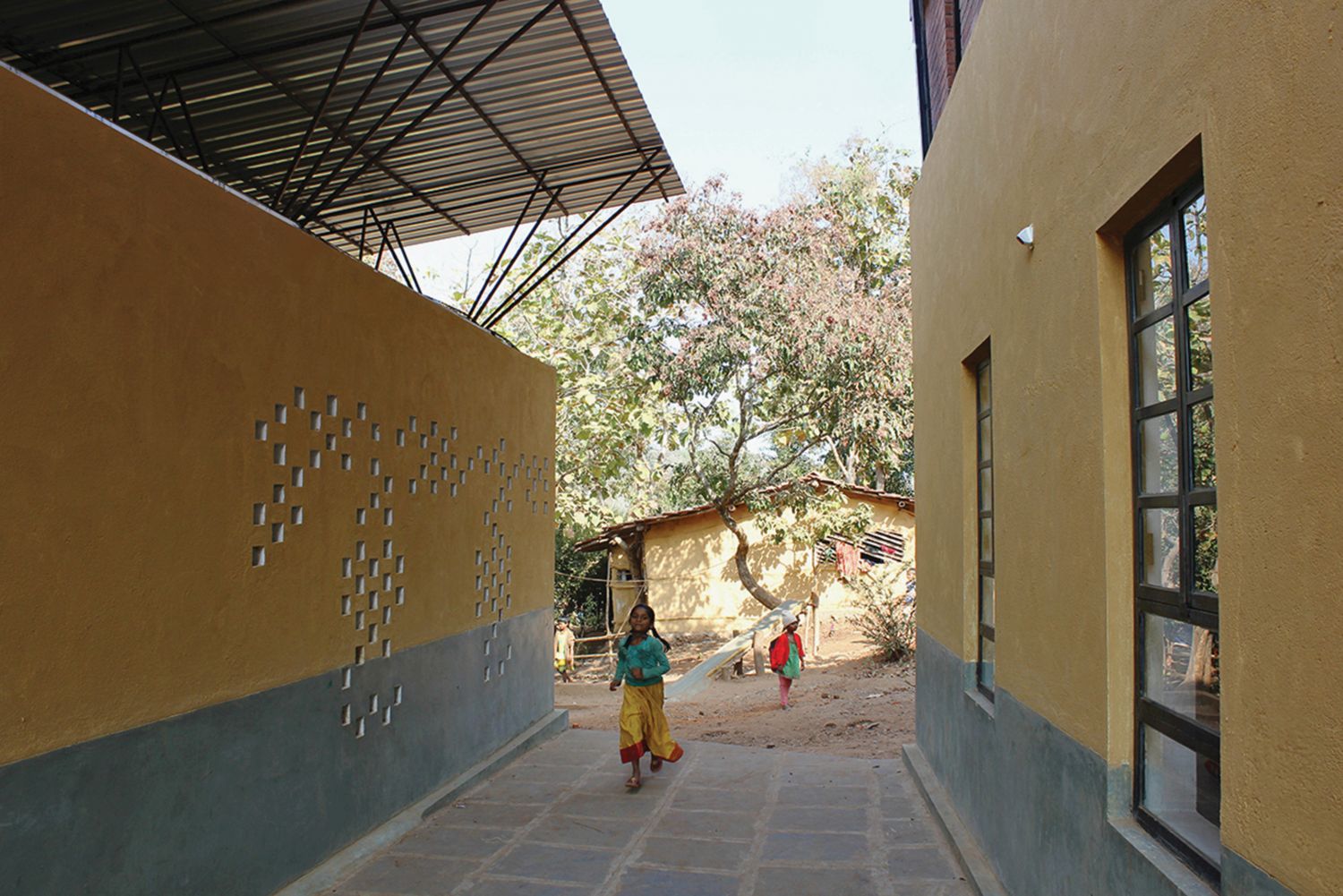
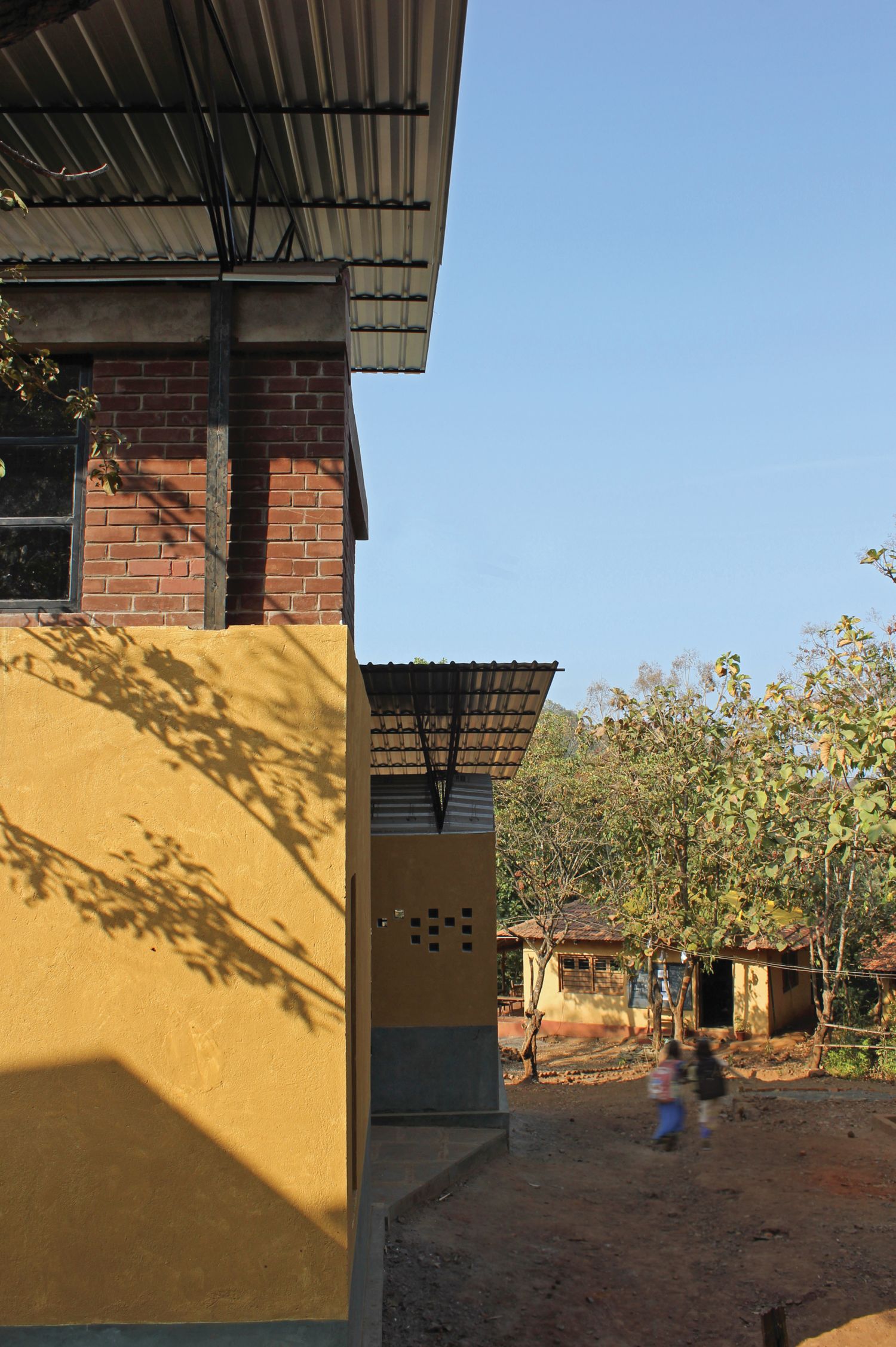

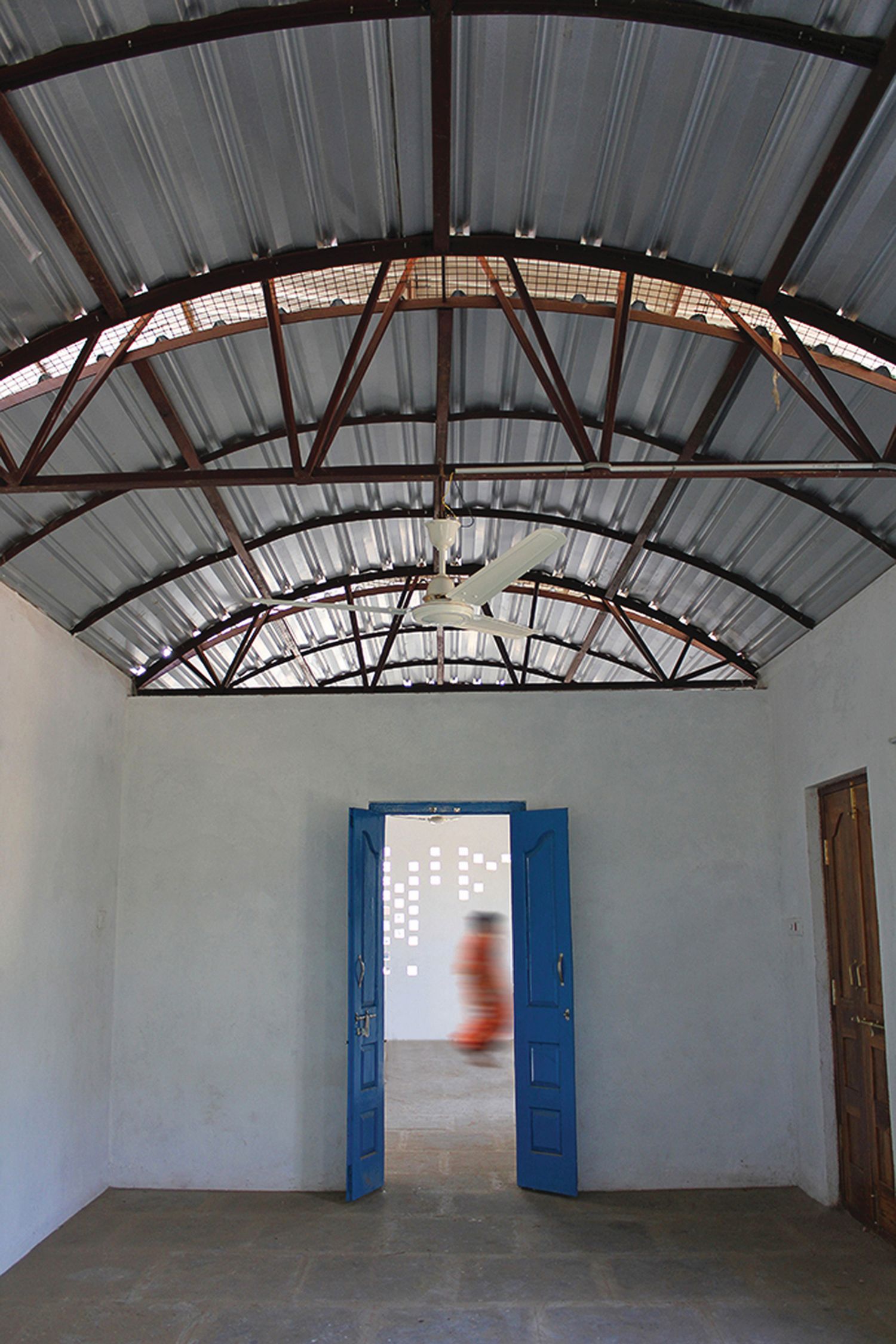
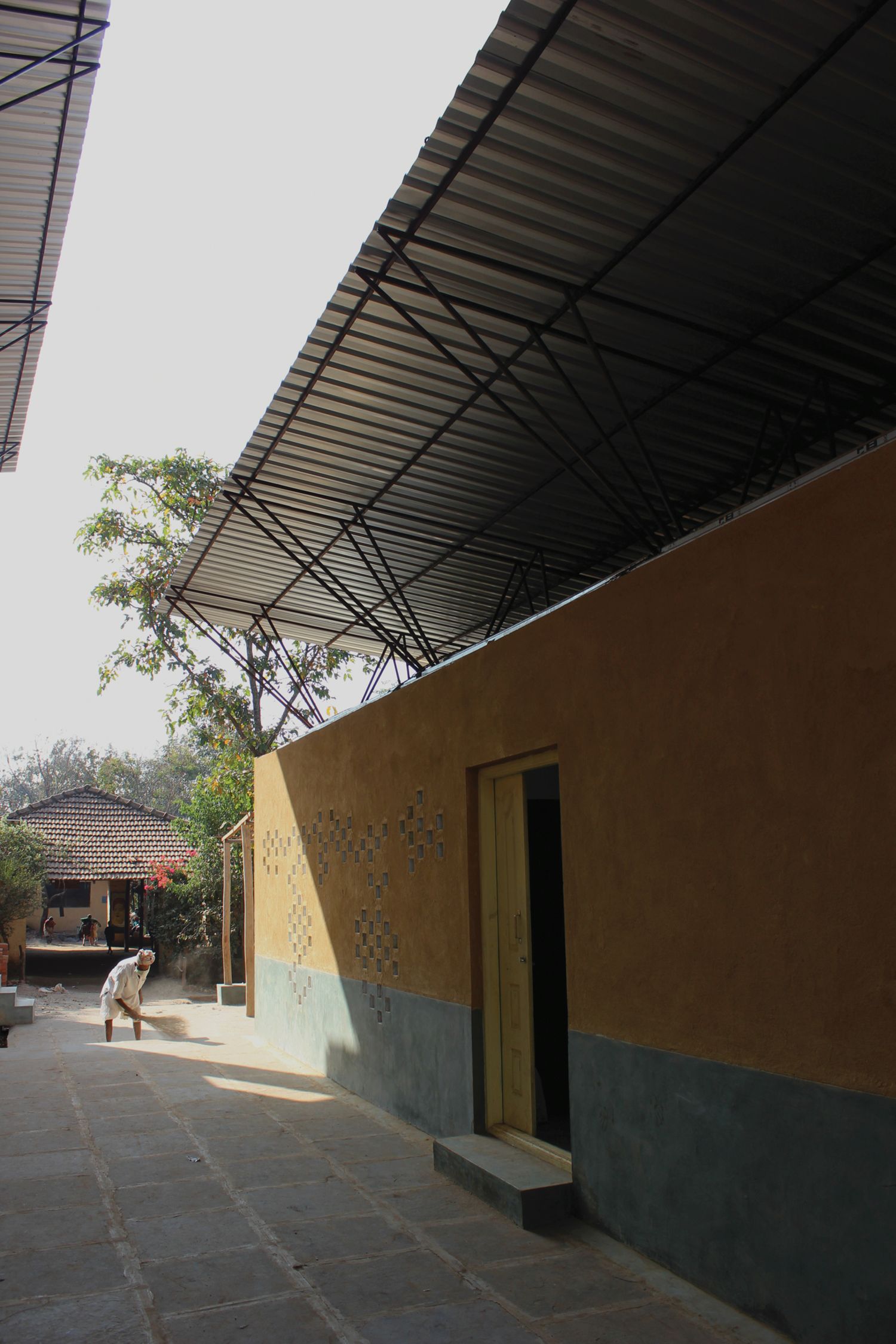

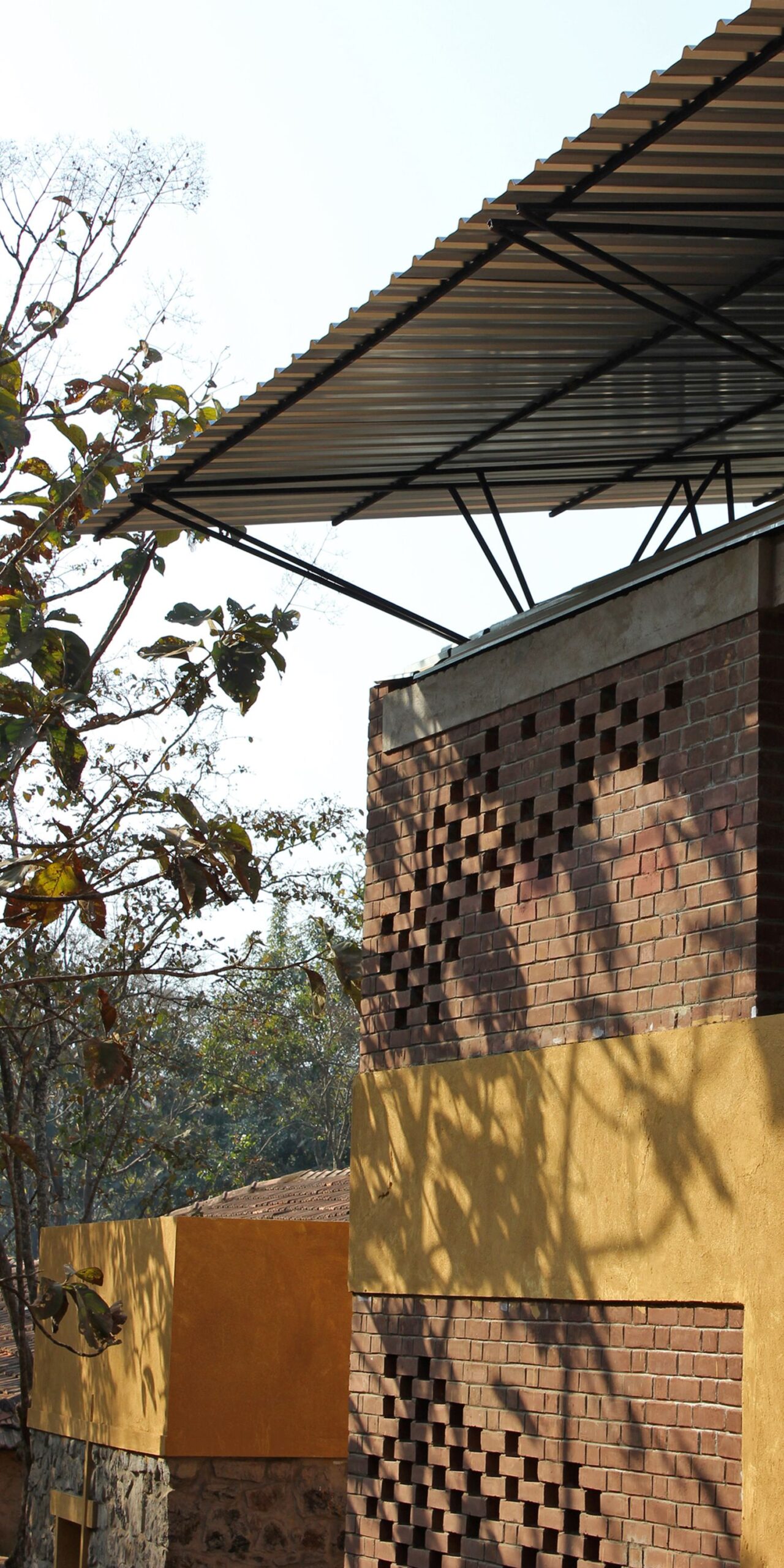
















One Response
Beautiful !